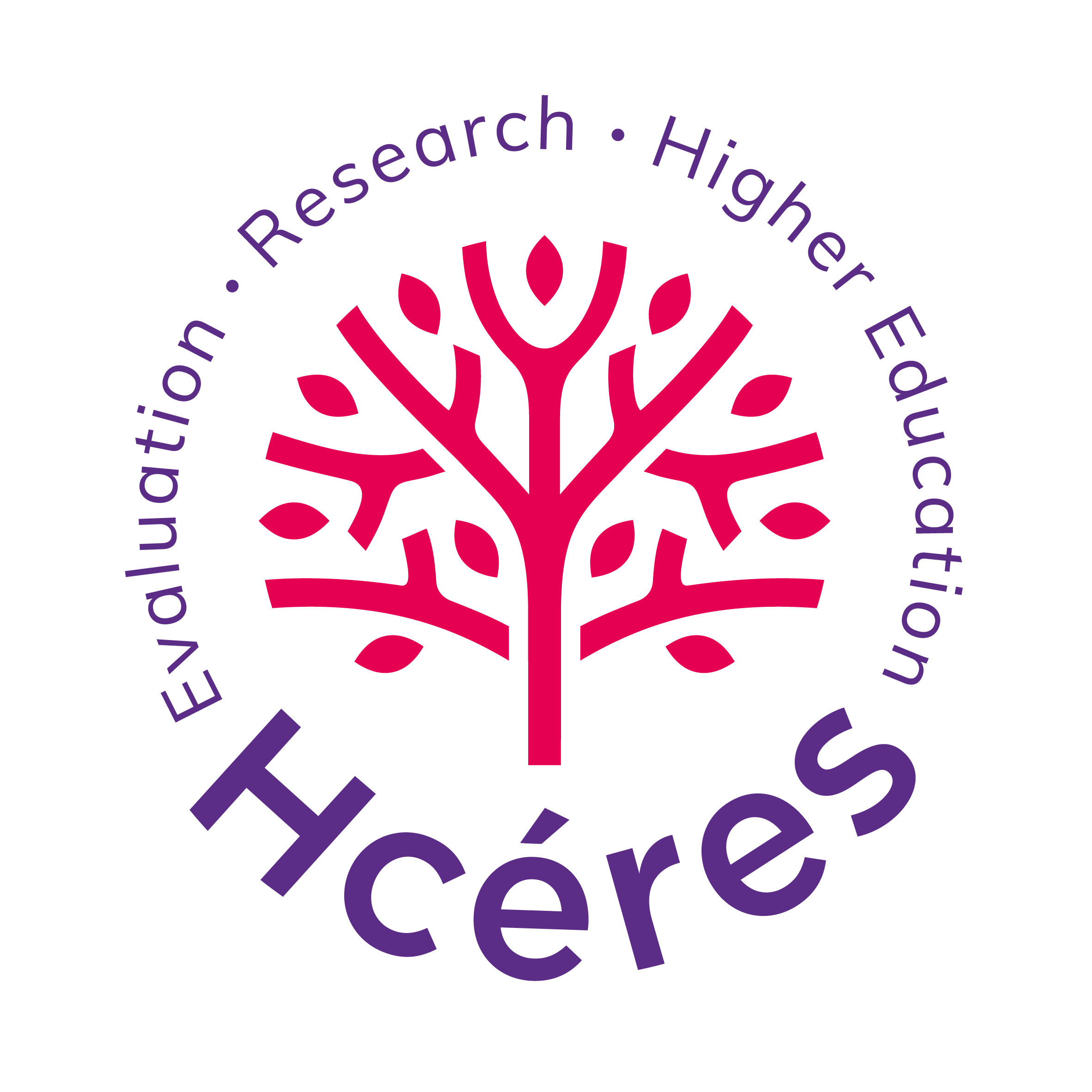Indicators for the French national budget process
Pursuant to the French Organic Law on Budget Acts (LOLF), the State budget is organised into missions, programmes and actions to monitor implementation of the major public policies. Each programme has its strategy, objectives and performance indicators. The latter provide a measurement of target achievement in figures.
Since 2005, the OST has produced part of the budget document indicators (Annual Performance Projects – “PAP” - and Annual Performance Reports – “RAP”) for several programmes of the Interministerial Mission for Research and Higher Education (“MIRES”) and for the General Commission for Sustainable Development (“CGDD”) of the Ministry for Ecological Transition and Solidarity.
These indicators concern:
- The scientific publications of the operators in the various programmes. They are listed in the OST database developed from Web of Science® by Clarivate Analytics (reference database for international publications);
- Participation in the construction of the European Research Area by measuring participation in the projects of the Framework Programmes for Research and Innovation (FP) of the European Union.
Operators with varying sizes and missions
The indicators concern the following LOLF programmes:
- Programme P150: Higher Education and University Research: higher education institutions under the supervision of the Ministry for Higher Education, Research and Innovation (MESRI)
- Programme P172: Multidisciplinary Scientific and Technological Research: CEA (civil), CNRS, Inria, Inserm, Institut Curie, Instituts Pasteur Lille and Paris, BRGM, Irstea, Cirad, Ifremer, Inra, IRD
- Programme P190: Research in the Areas of Sustainable Energy, Development and Mobility: CSTB, Ineris, IRSN, IFSTTAR, IFP Energies nouvelles
- Programme P159: Geographic and Meteorological Expertise and Information: IGN and Météo France
- Programme P193: Space research (space missions and CNES)
Méthodology
For publications, the operators identify the addresses of their publications directly. The OST then performs the consolidation of the “meta-institution” formed by the concerned LOLF programme.
In the specific case of P193, the scope is based on the constitution of a body of publications using a list of keywords and cleaning that body by topic modelling, with the themes being validated by experts in space research.
For the FP for Research and Innovation, the OST identifies the participants in the Framework Programmes by their name and then also performs the consolidation of the “meta-institution” formed by the LOLF programme in question.
Indicators
The approach to performance is translated into the following indicators:
- production measured by scientific publications,
- impact measured by citations,
- collaboration measured by co-publications with the 28 EU countries or the countries of the southern hemisphere,
- participation in the construction of the European Research Area measured by participations and coordinations under the FP for Research and Innovation.
Depending on the programme, the indicators that are calculated may vary slightly.
The OST therefore provides:
- for the Interministerial Mission for Research and Higher Education (MIRES): basic indicators on scientific production and participation in the FP for Research and Innovation. for the Report on National Research and Higher Education Policies (“Jaune ESR”): indicators on the scientific and technological production of France and on participations in the FP for Research and Innovation of France and its main partners (Germany, United Kingdom, Spain and Italy).
- View the public finance reference information website



